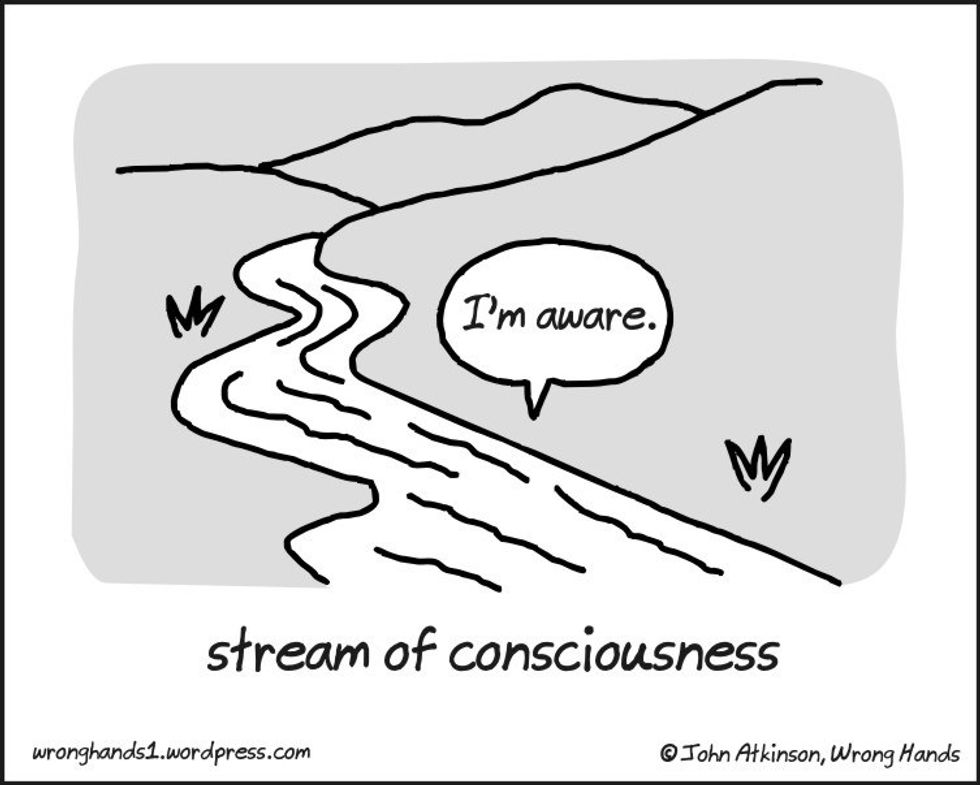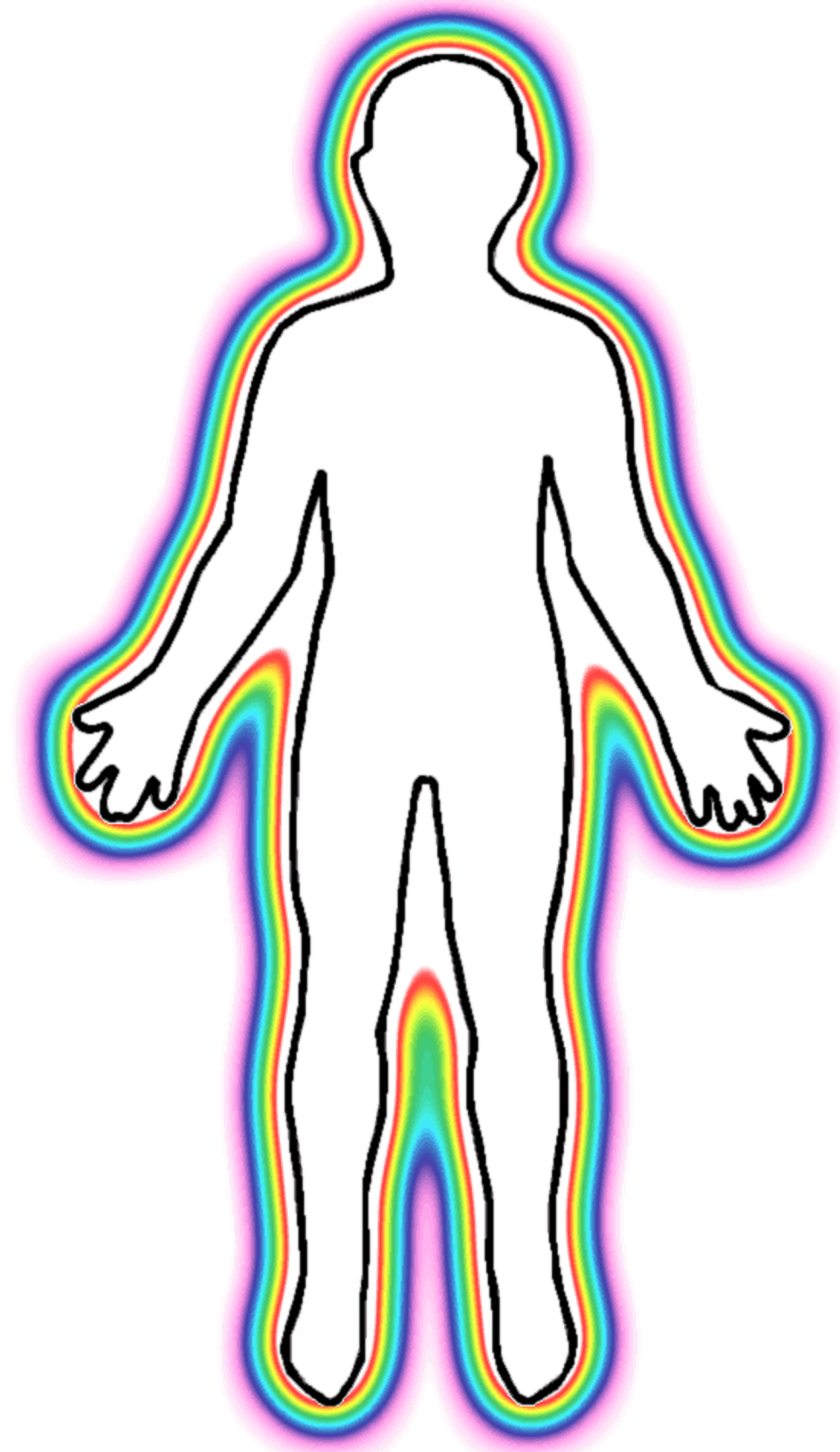Living with an anxiety disorder can be rough, especially when the people around us have a hard time relating to the storm in our minds. When others don't understand what we're feeling it can be frustrating. As a result, we develop a tendency to just keep it all inside.
Personally, I've found that a there are plenty of people who have a hard time understanding that experiencing anxiety and having an anxiety disorder are two different beasts. Anxiety can be helped (to a degree) with medication, but it's often more complicated than that, and if you have severe anxiety and are anything like me, medication is not a preferred method of treatment.
I've lived with anxiety most of my life and have gotten through fairly well for the most part, but over the last couple of years schoolwork, bills, and other adult responsibilities have piled on. In response, I've had to adopt a series of new habits and activities to keep myself from totally melting down on a daily basis. The following are just a small selection of what I've found to be the most effective at preventing and quelling panic attacks.
1. Maintain A Stream Of Consciousness Journal
This first one is less an activity, and more a useful habit. Stream of consciousness in the sense that it was first described to me, is characterized by identifying a subject you want to write about, sitting down, and just writing down every thought you have related to it in real time. There is no need to worry about grammar, punctuation, or even whether it makes sense. You're just trying to put your thoughts as they organically form into a concrete format.
The way I do it is fairly similar, but I revolve my entries mostly around when I'm experiencing a panic attack. I keep a small Moleskine pocket notebook on my person at all times, and write, draw, and/or scribble in it whenever I feel the need. There is no right or wrong way to maintain a stream of consciousness journal. My entries range from extensive descriptions of event that have caused me anxiety to frustrated scratches of repeated words and phrases to detailed drawings to literal scribbles on a page.
The usefulness of this kind of unfiltered expression cannot be understated. One of the curses of people with anxiety disorders is that our minds have a tendency to spool up to a million RPMs. Stream of consciousness journals are a great tool for expelling those thoughts without worrying about how to organize them, which in itself is a tremendous source of anxiety. Personally, since I started carrying mine, I've found that my mind gets clogged up significantly less frequently.
2. Draw a "Psyche Self-Portrait"
You can do this right in your pocket journal that you just started, or on a printable template. I devised this activity to help myself when I was having a week of particularly oppressive anxiety and depression. You start with an outline of a body on a blank sheet of paper (or canvas, if you're so artistically inclined). This represents yourself. Then you just draw whatever you feel is appropriate in and around it. You can use pen, pencil, colored pencils, crayons, paints...you get the idea.
Just draw, color, and otherwise fill in the sheet until you're satisfied or even just out of ideas. I've found that this is useful in visualizing my mental and emotional state. The idea is to give yourself something directly from your mind to look at, relate back to, and ground yourself in. You can do this once, every few weeks, or as frequently as you need to keep track of the state of your head.
3. Jigsaw Puzzles!
A good portion of people I talk to about jigsaw puzzles usually give me a "jigsaw puzzles piss me off," so just hear me out. If your mind has a tendency to run about like a train gone off its tracks, meticulously sifting through a pile of cardboard pieces to finally put that 1000 piece Starry Night puzzle together can be a welcome calm. There's just something about spending hours toiling away at a large, complex puzzle that slows my head down to a manageable pace. The true blessing is that it keeps me completely concentrated only on the concrete task at hand and out of the realm of abstract stressors.
(I suggest starting at the largest piece count that you feel comfortable with and work your way up, as you see fit. Otherwise, you'll probably just cause yourself more anxiety.)
4. Go. For. A. Walk.
You would think that this is a no-brainer. Sadly, a lot of people who are stuck in the middle of a panic attack can easily forget that getting up and going somewhere else is a possibility (I'm guilty of this on multiple counts), so this is a friendly reminder. Very often, all that we need to pull ourselves out of an attack is a change of scenery. If it's a possibility, don't limit yourself to a specific path. Just. Walk.
Walk wherever you need and for as long as you need until you're ready to go back home or back to work or wherever you may have been. Take a turn down a road you normally wouldn't travel. Walk through a field or park that you have never been to. You never know what cool new things you could discover along the way. You can even take the opportunity to incubate an egg in Pokemon GO while you're at it.
So there you have it, a selection of the activities that help me the most. To be fair, anyone with anxiety knows well that not everything works for everyone and not everything works the same way. I just hope that these can provide a good starting point for some people, and something to build off of. Anxiety is never easy, but having a trick up your sleeve to deal with it makes it a million times easier.
If you have your own methods and activities that you would like to share for the benefit of others, feel free to leave a description of your activity in the comment section.














 The minimum wage is not a living wage.
StableDiffusion
The minimum wage is not a living wage.
StableDiffusion
 influential nations
StableDiffusion
influential nations
StableDiffusion











